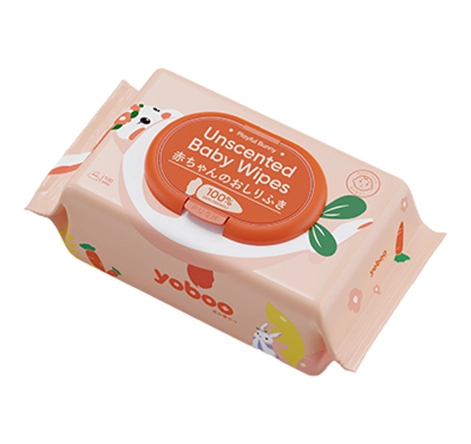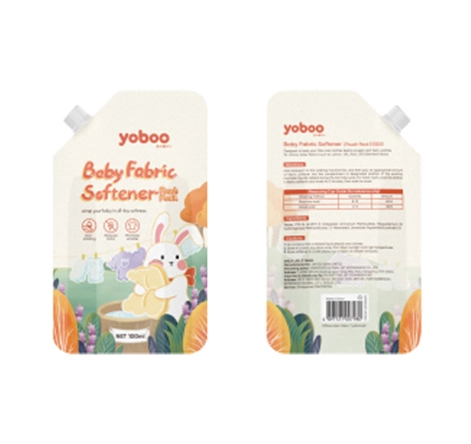Many full-time mothers consider buying a breast pump to ensure a sufficient milk supply for their children. Today, we will introduce to you six basic issues to consider when using a breast pump and health tips for using a breast pump.
Basic issues related to electric breast milk pumps
Manual or electric
Most people recommend electric breast milk pumps as they save time and effort. Moreover, the prices of some basic electric breast milk pumps are not necessarily more expensive than manual ones. Most people experience postpartum lactation or the process of milk supply regulation or clogged milk ducts. In such cases, electric breast milk pumps are really useful. If your lactation condition is very good and you do not need to bottle-feed, and you mainly breastfeed with occasional need for pumping due to overfullness, and the frequency of use is low, then you can consider a manual one.
Single-sided or double-sided
If you primarily breastfeed, a single-sided breast pump is enough. But if you need to bottle-feed or pump, then go for a double-sided breast pump as it can save you at least half the time. When choosing a double-sided breast pump, be sure to choose one that does not require supporting a breast shield with your hands, which frees up your hands.
Shield size and material
Many people complain that breast pumps hurt during use. One reason for this pain is the use of improper breast shields. Using an ill-fitting breast shield can cause breast abrasion, decrease milk supply, and thus decrease lactation. The standard size of commercially available breast shields is generally 24mm to 26mm. However, some products offer different sizes of cups to choose from. In addition to the size of the shield, it is also recommended to pay attention to the material of the shield. Some breast pumps have good main units but use hard polypropylene (PP) shields without any cushioning, which makes them uncomfortable to use. It is recommended to choose shields made of skin-friendly silicone rings or small white rings and small blue rings.
Portability
When considering portability, not only should you consider the size and weight, but also the battery life. Some breast pumps have good portability, but still require plugging in or using dry batteries, which can be relatively troublesome. If you need to pump on the go, you definitely need to consider portability.
Noise
Electric breast milk pumps definitely make noise. Ignore claims of being completely silent because if there is a motor, there will definitely be noise, it is just a matter of how loud it is. Currently, the breast pumps available in the market claim to have noise levels within a certain range, but the actual perception varies from person to person. Rather than pursuing absolute silence, it is more important to find a suitable place to pump.
Anti-backflow technology
Currently, many basic breast pumps can achieve anti-backflow. However, some older models of breast pumps may still have problems with backflow, and milk backflow can easily contaminate and damage the main unit, thus contaminating the milk, which can affect the baby's health.
Health tips for using an electric breast milk pump
Before using the electric breast milk pump, apply a hot towel to the breasts, massage and stimulate the nipples to ensure that the milk ducts are completely unobstructed.
Pump at a pressure that suits you.
Only pump about eight-tenths of the milk (the longest time should not exceed 20 minutes).
Stop pumping if the breasts or nipples feel painful.
Before pumping or handling breast milk, always wash your hands.
Use containers with lids to store breast milk.
Discard breast milk that has been refrigerated for more than 72 hours.
Do not mix refrigerated breast milk with fresh breast milk for feeding.
Thaw refrigerated breast milk or warm it by placing the container in a bowl of warm water before feeding.
Do not thaw breast milk in a microwave or heat it directly, as the heat is unevenly distributed and can easily scald the baby's mouth. In addition, high-temperature heating can also destroy some nutrients in breast milk.
Do not refrigerate breast milk again. If your child cannot finish the amount in one feeding, discard the remaining milk. Thawed breast milk should not be used after 24 hours.
Above are the introduction and health tips for using an electric breast milk pump. We hope that it can help you understand and use a breast pump. If you want to learn more information, please follow Qiangyi. We are committed to bringing you the latest home information and most practical tips to ensure a happy home life.













